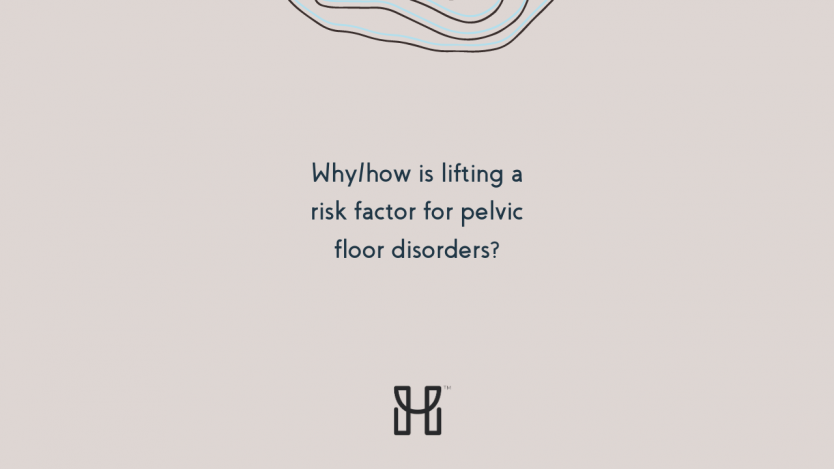Question: “Why and how is lifting a risk factor for pelvic floor disorders?”
Answer from Dr. Daniel Gruber, urogynecologist from Sibley Memorial Hospital in Washington D.C., part of John Hopkins medicine.
When you lift, it puts abdominal strain and pressure on the pelvic floor and all the abdominal contents. The pelvic floor is at the very bottom. So, if you think about the abdominal cavity as being like a beer keg, and it has this pressure vessel, then the bottom is taking a lot of the pressure because of forces like gravity and everything else. When you lift something, it pushes all that strain down in the bottom.
Now in the bottom of the abdomen, there are a couple different holes or weak areas. You have the vagina and rectum. Due to time, genetics, strength and how much you lift or experience chronic constipation, the more you push down, the more pressure goes down in that area.
That can lead to pelvic organ prolapse. There can be dropping of the front wall of vagina, like a cystocele, a dropping of the back wall, like a rectocele. The top of the vagina can also drop as well.




















